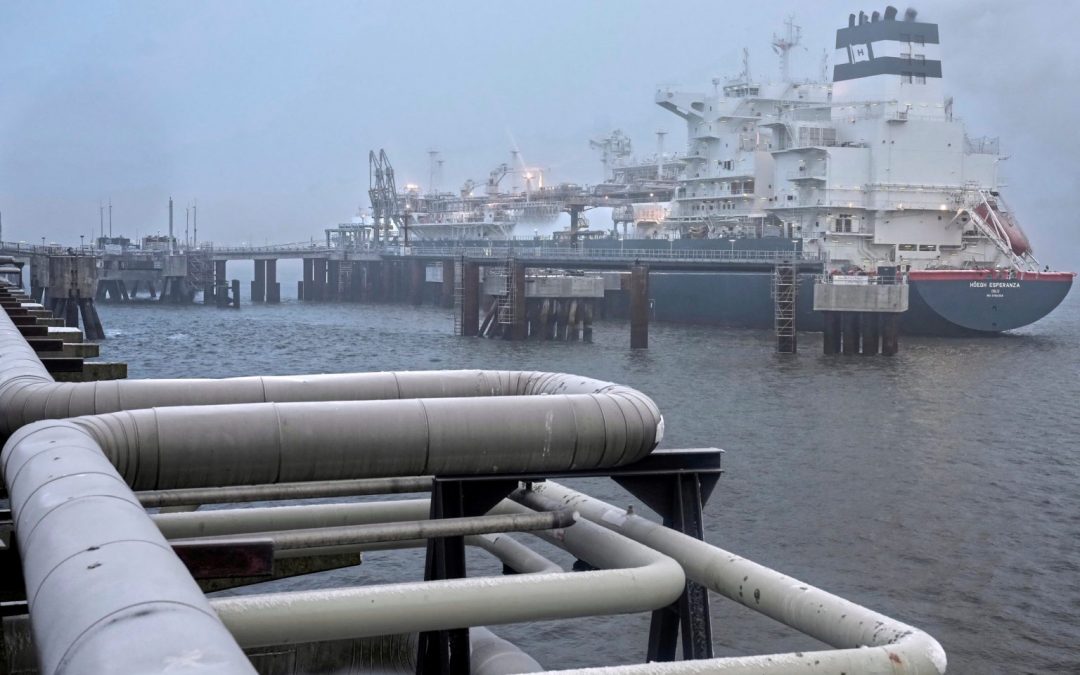LNG imports delivered into Europe stood at 5.08 million mt in the month to Feb. 16, around 46% of total January volumes, according to S&P Global Commodity Insights data.
European imports of LNG also climbed 2 million mt week-on-week.
The volumes for February were headed to Turkey (860,000 mt), France (750,000 mt), the Netherlands (680,000 mt), Spain (650,000 mt), the UK (420,000 mt), Belgium (300,000 mt), Italy (590,000 mt), Poland (170,000 mt), Germany (170,000 mt), Portugal (130,000 mt), Russia (70,000 mt), Greece (70,000 mt), Croatia (70,000 mt), Finland (70,000 mt) and Lithuania (60,000 mt).
The US accounted for 50% of total imports, while Russia supplied 18% and Algeria 13%. Around 5% originated from Qatar and a similar percentage from Norway.
Balanced imports
Despite bullish spells in recent weeks, the overall weak trend has continued to pressure prices lower, with high inventories, a strong import trend and depressed demand from the heating sector weighing on sentiment.
Platts, part of S&P Global Commodity Insights, assessed the Northwest Europe marker for March at $7.352/MMBtu Feb. 16, or at a discount of 50 cents/MMBtu to the April TTF hub futures price.
Although blips of demand were seen across parts of the globe, including in the Mediterranean, as low flat prices drove buying interest, sources suggested the interest had already faded. The spread between bids and offers has begun to widen again in the Northwest European market, indicating scant concrete buying activity.
Imports into Europe have remained healthy as the ongoing constraints at the Panama and Suez canals have led sellers in the US to favor sending their cargoes to Europe rather than Asia. However, sources and analysts at S&P Global said the wide gap between Northwest European prices and the JKM has driven West African sellers to send their cargoes towards Asia. Additionally, some US cargoes are still heard to be making their way to the Middle East.
“West African cargoes represented the lowest proportion of Europe’s LNG supply since August 2014 at only 6% of the supply mix,” Kelli Krasity, director at S&P Global, said in a quarterly outlook report. “A similar trend also occurred with cargoes originating from Qatar. Qatar’s share of European imports fell to its lowest level since May 2006 (9%).”
Kelli added that North African volumes had been affected by weak liquefaction utilization, falling to only 6% of European imports, a two-year low.
For now, US supply should help balance out any lost supply in the European market in the near term.
Source: Hellenic Shipping News






